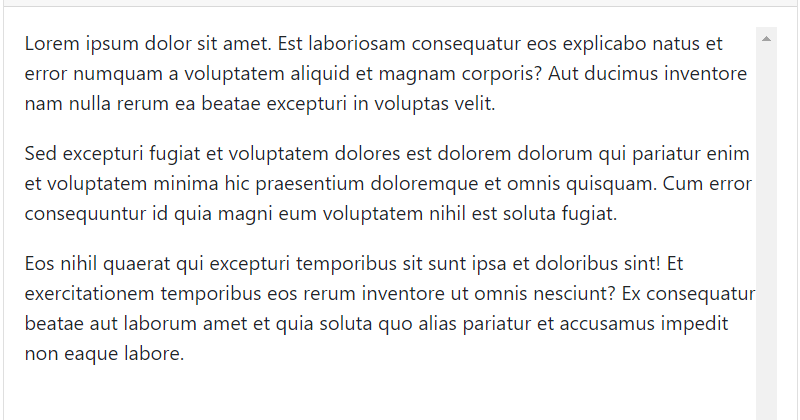
A website redesign is a stage that almost any web project goes through. With its help, you can improve the perception of your resource in the eyes of potential customers, increase the speed of your work, and increase the conversion rate and sales volumes.
But, this provided that everything is done correctly, involving experienced specialists in such work. In the opposite case, the consequences can be sad: you can lead to many technical errors and, as a result, lose traffic and positions, on the achievement of which a lot of time and money was spent.
Website redesign includes not only its appearance but also its structure, content, and functionality. In order to avoid possible problems, not damage the site, and make the most of the work carried out, a series of important points must be taken into account during the redesign process.
Which ones exactly? Let’s review these points in more detail.
Make an Analysis and a Work Plan
If your site hasn’t been updated for several years, it could be out of date not only in terms of appearance and usability but also technically. It would be illogical to transfer old errors to the new design. To prevent this, a detailed audit should be performed prior to redesigning.
Based on this, a list of bugs that need to be fixed and a phased plan for the introduction of new functionalities are compiled, which includes not only technical points but also changes in content, graphics, and other elements.
Answer the following questions:
- What should be saved and what can be thrown down?
- What sections or pages are you missing?
- If the current site design limits your options, how do you fix it?
- Is it possible to take something interesting from competitors?
On this basis, it is already possible to compile a detailed TK, which is passed on to designers and developers to coordinate their work. It is also necessary to understand that they must work together with SEO specialists, because things that may seem insignificant and unnecessary to the designer, may well play an important role in the context of SEO.
Work on a Test Subdomain
You must not make changes to the live site, because if something changes in the technical plan, it can cause errors that will provoke global problems. The correct approach: make a copy of the resource on a test subdomain, closed it from indexing by search engines, and test all changes on it.
So you will be able to immediately understand if something went wrong, and you will have enough time to test the functionality of all functionality. And then, the final version is easily transferred to the main domain in a few hours.
Maintain Structure And Content
Accidental or intentional structure change in the redesign process is one of the most common mistakes. More precisely, it becomes a bug if the site owner or a client-side programmer makes such changes without consulting SEO specialists and making a corresponding change in the settings that would prevent problems.
In some cases, a change in structure may be justified, because the basic site architecture and URL formation pattern may be of poor quality and can be significantly improved as a result. But in any case, it should be discussed with those who are engaged in seeking promotion of the project.
A very important point is the SEO-optimized texts, which also need to be saved, and it happens that the designer simply does not provide them with a place in the new design. Even a few paragraphs can affect a site’s visibility in search if they contain the necessary keywords.
Configure Redirects
If you still need to make changes to the site structure and change the URLs of individual pages and categories, to avoid 404 errors and loss of traffic, you need to set up a 301 redirect from each previous page to the new address. This will indicate to search engines that the page address has changed and is now available through a new link. At the same time, traffic and “weight” will be fully preserved.
You can find detailed instructions for setting up 301 redirects on the Internet, but still, I recommend not to experiment on your own, but to delegate this task to specialists.
Make Sure The Meta Tags Are Ok
The content of the Title and Description meta tags are key markers by which Google and other search engines determine the relevance of the site’s pages. Therefore, if the redesign of the website also affects its technical part, it is important to make sure that all the meta tags are in place and that nothing has disappeared.
For reinsurance, it is also advisable to save them somewhere in a file, for example, in the form of a report after scanning with a program such as Screaming Frog/Netpeak Spider.
Avoid Demo Content
You’ve probably already seen it in various demo builds demonstrating the capabilities of a premium CMS or design template. The most popular template, called “lorem ipsum”:

Yes, it is simpler and easier to fill the layout with the generated demo text. But then some of such content can be accidentally transferred to the final version of the site and indexed by search engines. Therefore, it is better to play it safe, and even if it takes more time, immediately start filling the mockup of the future design with the final text.
Test Everything Before Launching
A few hours or even days spent testing a new version of a design before its final release can save weeks of time down the line. And also, nerves and money that can be spent on correcting unfortunate errors that could have been easily eliminated in the beginning.
The quality control before launch includes the following points:
- analysis using special crawler programs for broken links, duplicates, and other technical errors;
- check how the new design is displayed on different devices;
- check the download speed on the test subdomain;
- functionality verification, for example, repeating the user’s conversion path (simulation of ordering products, filling in forms, etc.).
After doing all this, the probability of problems will be minimal.
Do You Need a Website Redesign At All?
It’s like renovating an apartment: it’s nice, and you want to do it, but not always the expenditure of time and money will be justified. It is worthwhile to exchange the old for the new only if it will solve important tasks for the business and will bring clear advantages.
Therefore, a website redesign is justified if:
- the current design was developed a long time ago (3-5 years ago);
- this will improve the quality of adaptation for mobile devices and speed up page loading;
- your business is expanding, and the old design was sharpened for a specific product/direction;
- this will improve conversion and, accordingly, increase sales;
- this will allow you to qualitatively stand out against the background of competitors.
There is no need to implement change for the sake of change or simply because there is free time and money. This is too serious a job that requires an appropriate attitude.
Conclusion
As you can see, a website redesign can not only bring benefits but also harm. It all depends on the approach. That is why I decided to write this article – so that you can take into account all the necessary points, avoid problems and do everything in the best way.

